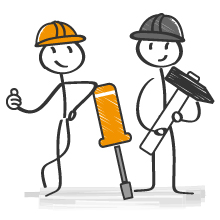Fume Extraction Systems
from Flamefast Extraction Solutions
A correctly designed and installed Fume Extraction System will not only greatly increase the safety, performance and efficiency of a fume containment or capture system, but will also reduce noise levels and minimise running costs.
Working to the requirements and recommendations of DW144, DW:154, BS:7258 and Building Bulletin 88, our engineers have the experience and knowledge to fabricate and install Circular or Rectangular Section Extract Ductwork in a number of chemical-resistant materials, including PVC, fire retardant polypropylene, stainless steel and fire-rated GRP laminate to achieve the required fume extraction operations.
Flamefast Extraction Solutions supply a full range of ancillary items including expansion joints, support brackets (threaded rod or Gripple), anti-blowback valves, attenuators, dilution manifolds and weathering cravats.













































